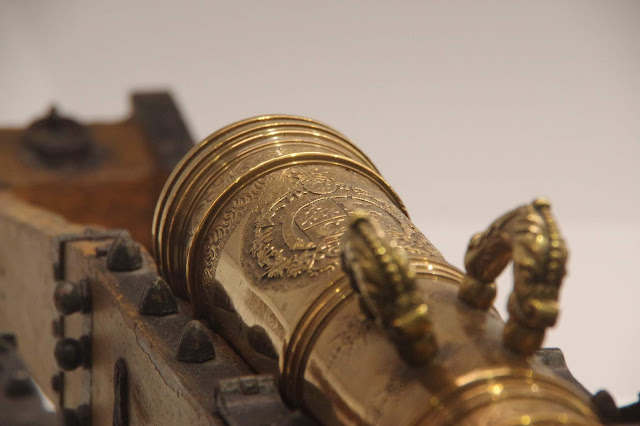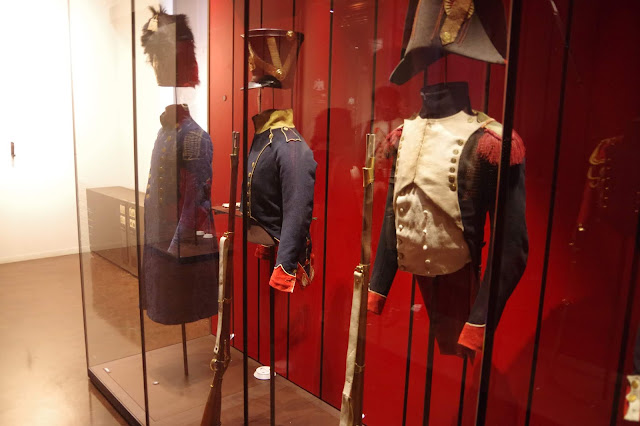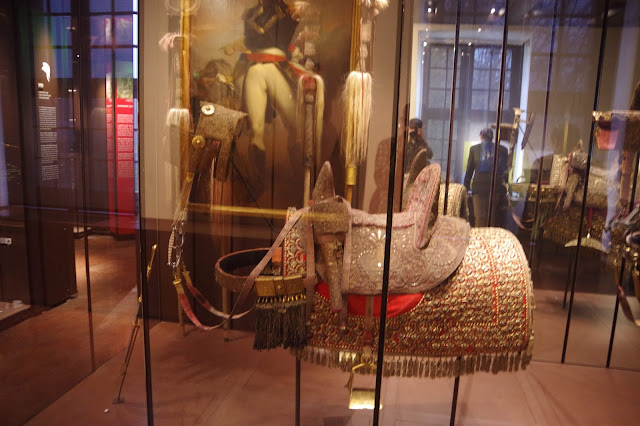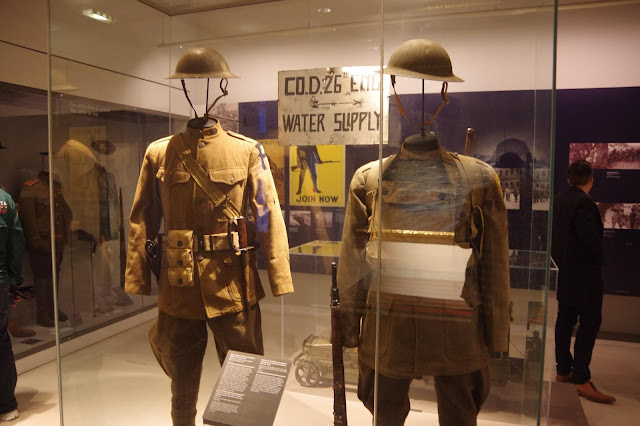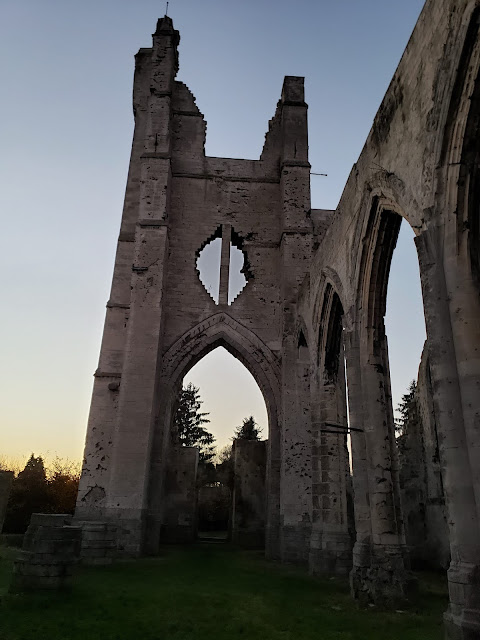Lieutenant, junior grade, Weeden E. Osborne.
Weeden E. Osborne was the first commissioned offer in the history of the U.S. Navy to be killed in ground combat overseas. He was also the first officer of the Navy's Dental Corps to be killed in action.
He isn't the exception to the rule in regard to just that.
Weeden is actually fairly difficult to obtain accurate information on, at least if you are trying to do it via the net. Still, we can learn a little.
He was born on November 13, 1892 in Chicago. Lake Villa is a suburb of Chicago today.
He went to primary school, however, at Allendale Farms. Allendale School was a school for orphans. As we'll see, other evidence also suggests that Osborne had lost his parents at an early age. At any rate, he graduated from that facility and, after completing school he went to work and worked his way through Northwestern in Chicago, graduating dental school in 1915. That would have made him a dentist at the young age, at least for today, of 23. And that's a pretty impressive record for somebody who had an apparent rough start in life.
What exactly he did thereafter is a little unclear, but at least a paper with connections to Allendale Farm (but which focused on dogs) claims that he relocated to St. Joseph Missouri, where he started his dental practice. If he did, it seems that by 1917 he had relocated to Denver, Colorado, where he was instructing in the Dental School at Denver University, which was noted about him by the National Dental Association, of which he must have been a member.* The ADA's journal spoke highly of him but noted that his disposition was "nervous", and also energetic. It might well have been, given that he had gone from being a resident of a school for orphans to a dentist at rocket speed. That may well have been while he moved on to being a dental professor in Denver, or perhaps his young age made it difficult for him to gather a practice.
He wasn't at that long before the Great War arrived.
He seems to have entered the service from Denver but gave a Chicago residence as his permanent residence upon entering the service, for which there could be a lot of reasons. He listed his sister as his nearest relative, and she was also living in Chicago, in some sort of association with Wheaten College, but he didn't give her address on Racine as his.**
He was carried on the Navy's roles as a Dental Surgeon, with an appointment date of May 8, 1917. He served in Boston and Alabama in that role until March 1918 when he was assigned by the Navy to the Marine Corps. The Marines are a branch of the Navy, and this was even more true at the time than it is now, and the Marine Corps was provided with all of its medical personnel from the Navy.
He had only been at the front with the Marines for a few days when the Marine unit he was attached to went into action at Belleau Wood. While there, he exposed himself to German fire again and again as he went into the field to help bring in wounded Marines. He was helping to carry wounded Cpt. Donald F. Duncan when shell fire killed both Osborne and Duncan.
The Recruit Dental Station at the Navy's Great Lakes training facility, which is in his native home of Chicago, is named after him. And the Marine Corps has remembered him and another dental corps member in the name of an award that they give to members of that branch annually.
So here too, was this a sad story? It's certainly not a typical one. Weeden seems to have been a Chicago orphan who overcame his circumstances to become a dentist at a very young age, while keeping in touch with a sister in Chicago. He was killed at age 25, just starting out, but seems to have applied the heroism that characterized his life to what he saw on the field of battle.
*This era saw the real rise of professional organizations, including the American Medical Association, the American Dental Association, and the American Bar Association. All of these organizations were working to improve the professionalism of their professions, and they all had very wide membership. The percentages of practitioners who are members of these organizations has declined greatly since then.
**I don't know Chicago at all, but Racine is depicted as the street of residence of the Irish policeman who is killed by the mob in the film
The Untouchables.











